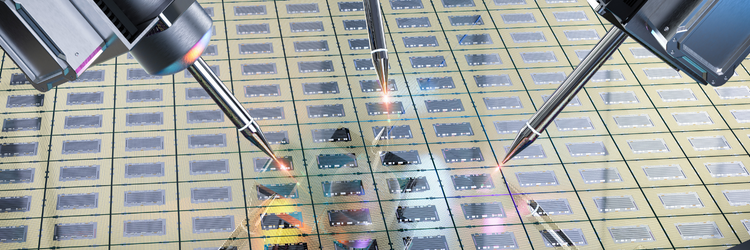Tackling Engineer Shortages Head On
There is a desperate shortage of engineers. Purdue’s Engineering Professor Zhihong Chen is proactively attempting to solve the dilemma. The semiconductor industry is at a crossroads. On the one hand, the Chips and Science Act provides considerable subsidies to promote semiconductor manufacturing in the U.S. So far, companies like Intel and Micron have announced new chip factories that will employ thousands of engineers—if they are available. The Act also includes $200 million for worker training. Engineers in specialties such as auto manufacturing will be needed to design and retool to meet electric vehicle requirements.
Chip companies aren’t alone in worrying about the problem — or in looking to Purdue, one of the country’s most prominent engineering schools, for answers. Commerce Secretary Gina Raimondo, who is overseeing the Chip subsidies program, visited campus last month to hear about the courses and labs Purdue is adding to rapidly expand semiconductor education. Several Defense Department officials have also traveled to Purdue, located halfway between Chicago and Indianapolis, to discuss workforce training.
Expanding its chip education program, Purdue is aiming to graduate 1,000 semiconductor engineers annually vs. 150 today. Purdue is rolling out new courses and labs, a new master’s program, and potential chip internships during their first few years of college. It also invited semiconductor experts to join an advisory board on curriculum and training.
Engineer shortages exist for several reasons, including immigration restrictions, the H1B visa program that is not expanding, the decades spent offshoring chip manufacturing so fewer students studied semiconductor engineering, and high salaries in other sectors have made semiconductor engineering not as attractive.
Unfortunately, the new manufacturing facilities will be ready long before a sufficient number of engineers are available to populate them.

